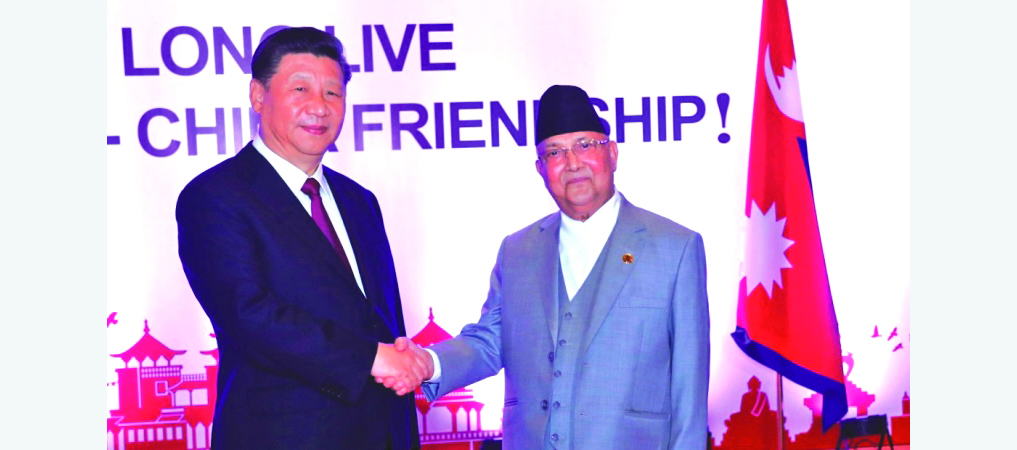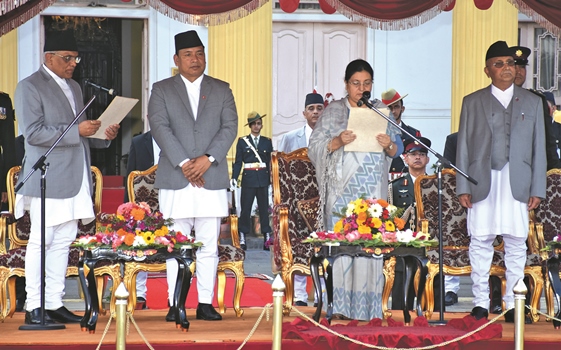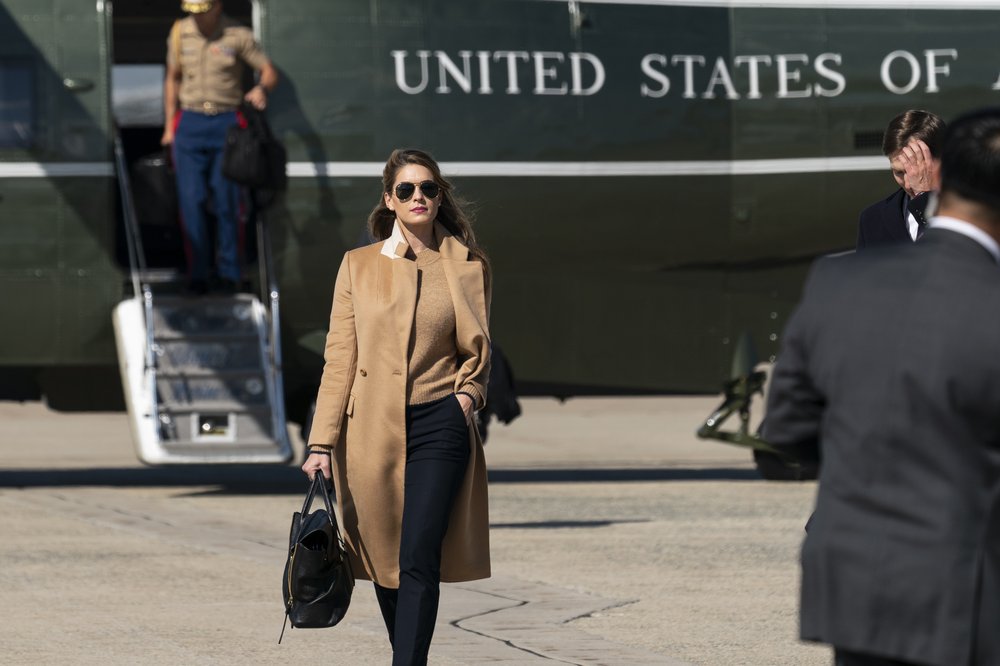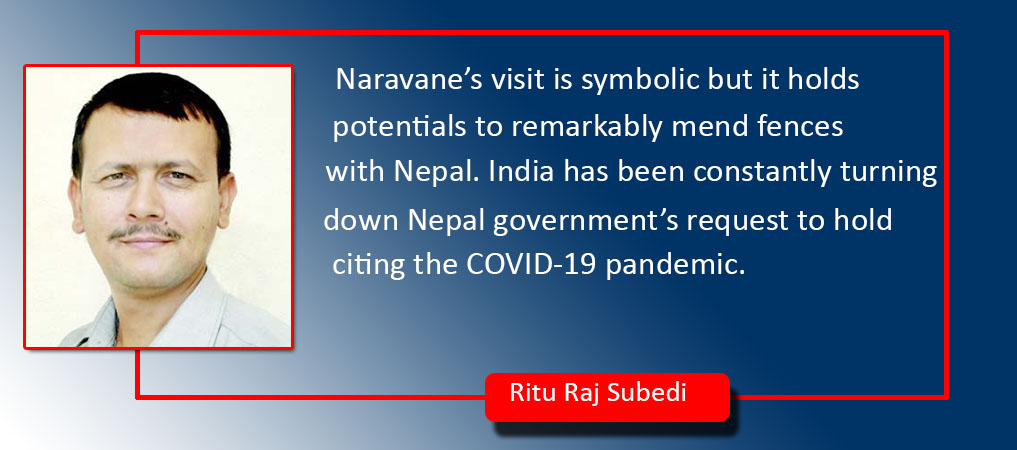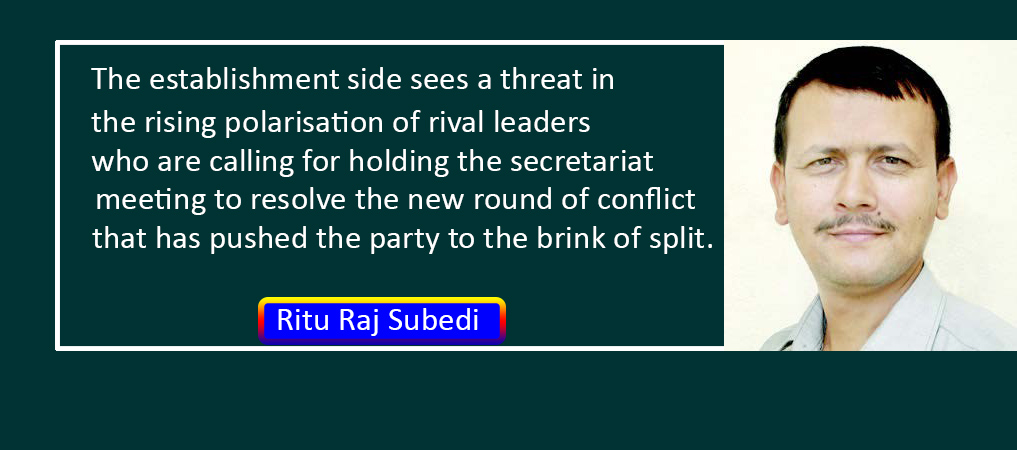Save Narayanhity From Commercialisation
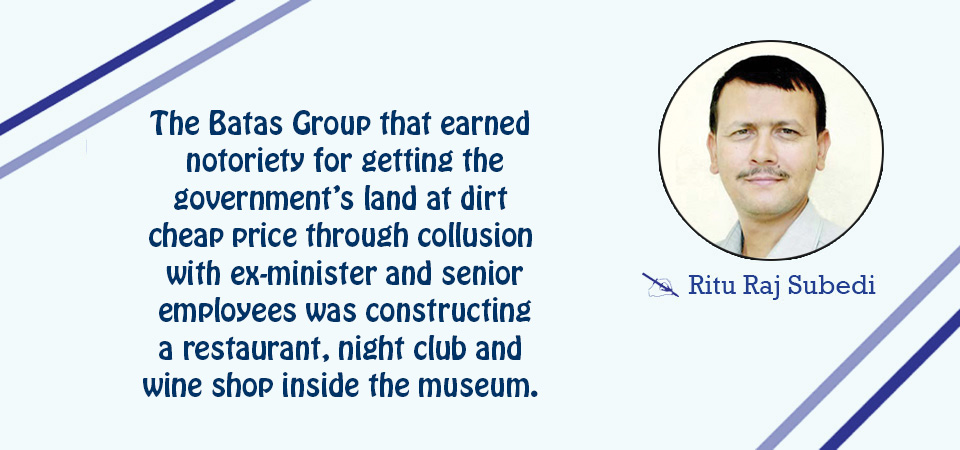
The Narayanhity Palace Museum has come into limelight for wrong reasons. Once a symbol of power, dignity and majesty of kings, the Narayanhity Palace has now turned into stories of corruption scam, sleaze and fraudulence, mocking the hubris of fallen mighty rulers. Of course, the history of Narayanhity was not completely clean either. But in republican era, it should serve as a history book for the posterity. The systemic corruption also crept into the palace that was the residence of Shah Monarchs for 135 years.
Recently Minister for Culture, Tourism and Civil Aviation Prem Ale ordered to demolish the illegally built structures inside the palace. Like a brave hero of an action thriller, Ale visited the site and took bureaucrats and former politicians to task for allowing Batas Group to build restaurant by encroaching upon the public land. As per the agreement, Batas Group won a tender to open a coffee shop on six Aanas of land but Minister Ale told the media that the business group had encroached upon 14 Ropanis of land inside the palace by flouting the deal.
The Batas Group that earned notoriety for getting the government’s land at dirt cheap price through collusion with ex-minister and senior employees was constructing a restaurant, night club and wine shop inside the museum. “It destroyed precious greenery and archaeological sites to run its sleazy business. It even damaged the historic bunker for the purpose of operating an alcohol shop there,” said Ale, vowing to punish all those involved in this shoddy plot as per the report submitted by a probe committee.
Executive Director of Narayanhity Palace Museum and Republic Memorial Management and Operation Development Board Bhesh Narayan Dahal quit the post after he was implicated in this scandal. Dahal was accused of aiding and abetting the Batas Group in illegally building restaurant inside the palace museum. Let’s see what punishment is slapped on Dahal for his illegal deeds. In an interview with a TV channel, Aanandaraj Batas, head of Batas Group, had proudly said how he bribed the politicians and bureaucrats to win this and other tenders for running business in the public land during the KP Sharma Oli-led government. Batas’s claim ridicules the rule of law, business ethics and promise of attaining zero-tolerance on corruption in the country.
The Narayanhity palace, which was converted into a museum following the abolition of the Shah Dynasty in 2008, is itself a testimony of the fact that no power is permanent and haughty leaders have to bite the dust no matter how powerful they are. It bears intriguing past filled with power tussle among the courtiers, conspiracies, murders and massacres, which had unfortunately shadowed its beauty, architectural feat, greenery and religious value.
As per the recorded history, the first owner of Narayanhity was Kaji Dhaukal Singh Basnyat, one of the heroes of Nepal’s unification campaign and youngest son of Nepal’s first army chief Badabir Shivram Singh Basnyat. Dhaukal Singh had built Kirti Mandir there but he latter also installed a statue of Narayan, another name of God Bishnu, inside the temple for his mother Surprabha Basnet was the devotee of Narayan. There existed a stone spout, which is called ‘Hiti’ in Newari. Hence, the name is Narayanhity. Since the demise of Dhaukal Singh, who also acted as the administrator of newly annexed states of Kumaon and Garhwal, Narayanhity changed several hands that reflected the ups and downs of Nepali politics spanning more than two centuries.
After his rise to power, Mukhtiyar Bhimsen Thapa forcefully took Narayanhity from the Basnyat family, its lawful owner, and gave to his brother Bhakhatabir Singh Thapa. Nepal’s longest-serving first prime minister met a tragic end. Then the Narayanhity went into the hands of chautariya Fattejung Shah after he became the prime minister. But Fattejung and other powerful military figures were massacred in Kot Parba, setting the stage of rise of Jung Bahadur. This also changed the fate of Narayahity palace spread in 753 ropanis of land. Jung Bahadur snatched Narayanhity and gave it to his two brothers - Ranodeep Singh and Dhir Shumsher.
After the sons of Dhir Shumsher assassinated prime minister Ranodeep Singh, prime minister Bir Shumsher made Narayanhity his own residence. He demolished Kirti Mandir and erected a magnificent palace based on design of noted architect Jogbir Sthapit. After the murder of Ranodeep Singh, Shah kings came to live at Narayanhity permanently from Hanuman Dhoka Durbar. Bir Shumsher reportedly gave Narayanhity to king Prithvi Bir Bikram Shah Dev in dowry.
In 2026 B.S., king Mahendra demolished the old palace and built the current palace as per the design of American architect Benjamin Polk. It is said that Mahendra sold the palace to Nepal government at Rs. 70 million. In 2001, the palace became the venue of the world's one of most gruesome massacres in which the entire family of king Birendra was wiped out. The last king of Shah Dynasty – Gyanendra – had left the palace in 2008. As the Narayanhity carries an eventful history of modern Nepal, it must be protected from crass commercialisation. It needs be developed into a grand and live museum.
(The author is the Deputy Executive Editor of The Rising Nepal. subedirituraj@yahoo.com)
Recent News

Do not make expressions casting dout on election: EC
14 Apr, 2022
CM Bhatta says may New Year 2079 BS inspire positive thinking
14 Apr, 2022
Three new cases, 44 recoveries in 24 hours
14 Apr, 2022
689 climbers of 84 teams so far acquire permits for climbing various peaks this spring season
14 Apr, 2022
How the rising cost of living crisis is impacting Nepal
14 Apr, 2022
US military confirms an interstellar meteor collided with Earth
14 Apr, 2022
Valneva Covid vaccine approved for use in UK
14 Apr, 2022
Chair Prachanda highlights need of unity among Maoist, Communist forces
14 Apr, 2022
Ranbir Kapoor and Alia Bhatt: Bollywood toasts star couple on wedding
14 Apr, 2022
President Bhandari confers decorations (Photo Feature)
14 Apr, 2022



